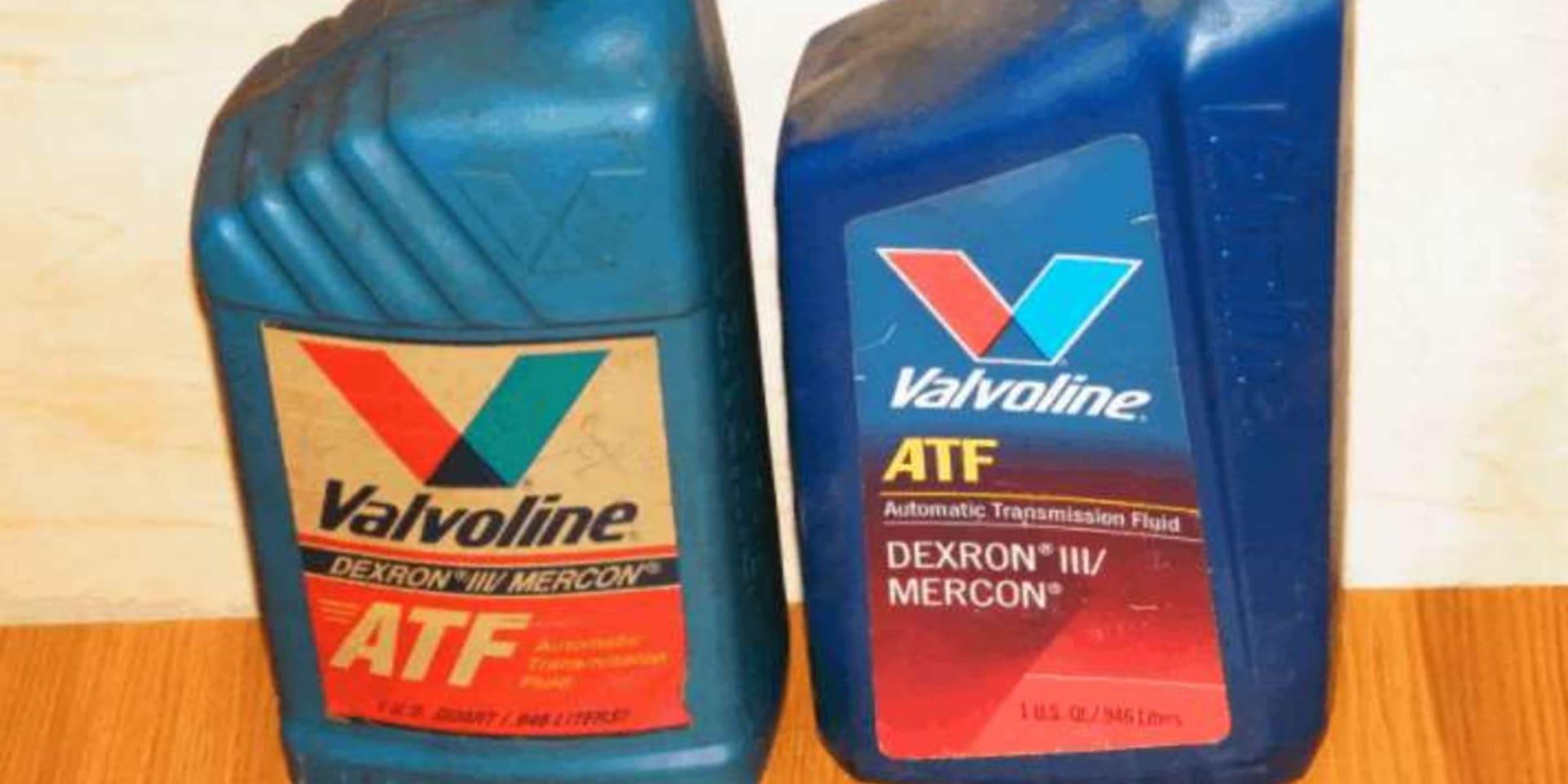Can Decking Be Laid on Gravel?
If you are laying your deck on gravel, there are a few things that you need to take into account. The most important thing is the base. You need to make sure that the ground is level and compacted before you start layering gravel over it.
If not, the deck could eventually settle unevenly and become unstable. Another consideration is drainage; since gravel is permeable, water will drain through it rather than pooling on top. This can be an advantage or a disadvantage, depending on your location and climate.
In a dry area with little rainfall, good drainage can help prevent your deck from getting soggy or flooded after a rainstorm. However, in a wetter climate or if your deck is located near runoff from melting snow, you may want to reconsider using gravel as the foundation for your deck since it could lead to water damage.
Table of Contents
Can Decking Be Laid On Gravel?
Gravel is an inexpensive and versatile material that can be used for a variety of landscaping projects. It can be used to create paths, driveways, borders, or even as a mulch around trees and shrubs. Gravel can also be used to create a patio or decking area.
If you are thinking of using gravel to create a patio or decking area, there are a few things you need to consider before starting your project. The first thing you need to do is determine the size and shape of the area you want to create. Once you have done this, you need to mark out the area with string or garden stakes.
Next, you need to excavate the area to a depth of around 10cm (4 inches). Once this has been done, level off the base and compact it with a tamper. You then need to lay down a layer of weed membrane over the base before adding your gravel. This will help prevent weeds from growing through your gravel.
Finally, add your chosen gravel until it is around 5cm (2 inches) deep. Make sure that you evenly distribute the gravel so that it doesn’t settle too much in one spot. Once you have added all of your gravel, give it a good rake over so that it is level and then compact it again with a tamper
What Are The Benefits Of Laying Decking On Gravel?
One of the benefits of laying decking on gravel is that it can help to prevent moisture damage to the deck. Gravel can act as a barrier to keep water from seeping up through the ground and onto the deck, which can cause the wood to rot or warp over time.
Another benefit of using gravel beneath your deck is that it can help to stabilize the structure. If you live in an area with high winds, for example, gravel can help keep your deck from becoming damaged or dislodged by providing added support and weight.
Finally, laying decking on gravel can also give your outdoor space a more polished look. If you have an unsightly view from your deck or simply want to create a more finished appearance, covering the ground with gravel before installing your decking boards can give your space an instant upgrade.
What Are The Drawbacks Of Laying Decking On Gravel?
There are a few drawbacks to laying decking on gravel. The first is that it can be uneven and unstable, which can make it difficult to lay the decking boards evenly. The second is that gravel can shift and move around, which can cause the decking to become uneven over time. Finally, gravel is not as durable as other materials, so it is important to make sure that the area underneath the deck is well-protected from the elements.
How To Lay Decking On Gravel
If you’re looking to add a deck to your home but don’t want to go through the hassle of installing a traditional wooden deck, then laying decking on gravel may be the perfect solution for you. It’s a quick and easy way to add some extra outdoor living space without all the work. Here’s how to do it:
1. Choose your materials. You can use either real wood or composite decking boards. If you’re using real wood, make sure it is pressure-treated so that it will withstand the elements. Composite boards are also a good option because they require less maintenance than real wood and come in a variety of colors and styles.
2. Prep your area. Clear away any vegetation or debris from where you’ll be laying your decking. Then, use a shovel to level out the ground so that it’s nice and flat.
3. Lay down a weed barrier fabric if desired. This will help prevent weeds from growing up through your decking boards in the future.
Is It Worth It To Lay Decking On Gravel?
There are a few things to consider when thinking about whether or not to lay decking on gravel. The first is the stability of the ground. If the ground is not stable, then it is not worth it to lay decking on gravel because the deck will eventually shift and move. The second thing to consider is the amount of work involved in laying down decking on gravel. It is more work than simply laying down decking on bare ground or grass, so you need to decide if that extra work is worth it for you. The third thing to consider is how long you plan on keeping your deck. If you only plan on keeping it for a few years, then it might not be worth it to put in the extra effort required for laying down decking on gravel. However, if you plan on keeping your deck for many years, then the extra effort might be worth it in order to have a beautiful and durable outdoor space.
Important Facts When Laying Decking On Gravel
When you are planning to lay decking on gravel, there are a few important facts that you need to take into account. Firstly, the ground needs to be level and compacted before you install the decking. This is because any unevenness in the ground will cause the decking to wobble and eventually collapse. Secondly, you need to make sure that there is enough drainage underneath the decking so that water can drain away easily. Otherwise, your decking will become slippery and dangerous when wet. Finally, it is also important to choose the right type of gravel for your project. For example, pea gravel is a popular choice for many people as it provides good drainage and doesn’t shift around too much.
Conclusion
As you can see, there are both benefits and drawbacks to laying decking on gravel. However, if done correctly, it can be a great way to save money and create an attractive outdoor space. Be sure to consult a professional before undertaking this project, and take the time to do your research in order to avoid any potential problems.



